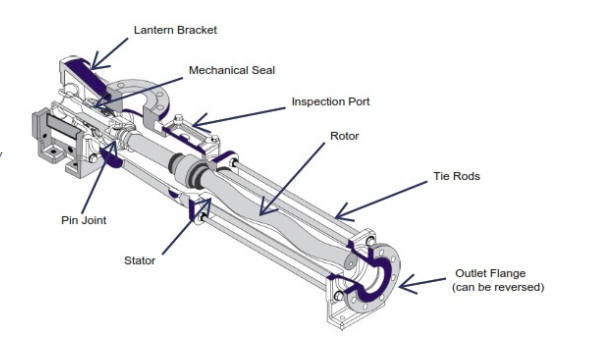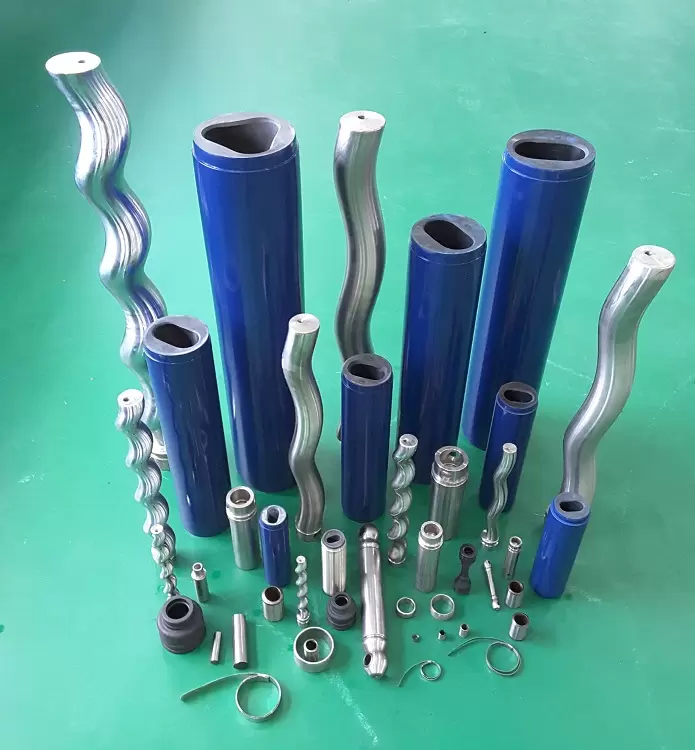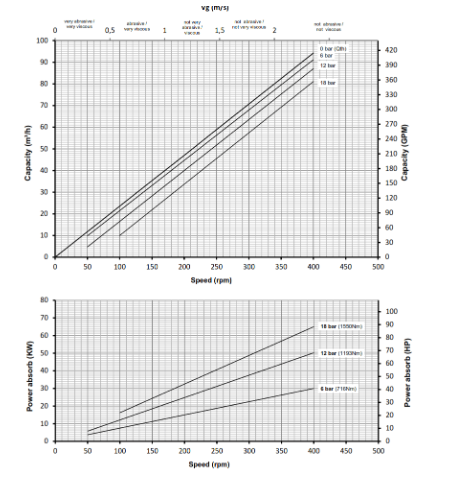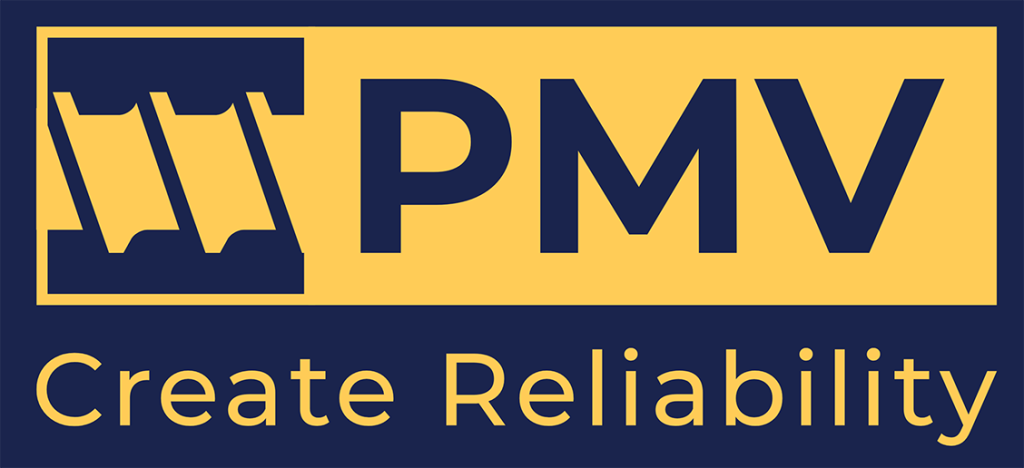What are progressive cavity pumps?
Progressive cavity pumps, also known as PC pumps, progressing cavity pumps, eccentric screw pump and mono pumps are a type of rotary positive displacement pump designed for the conveying of liquids and sludges from 1cst to 1Million. They handle not only viscous fluids and solids but also gassing or multiphase liquids containing gas slugs typical during crude oil extraction.
The volume of liquid pumped is proportional to speed providing a linear predictable pumping rate across a range of pressures. This technology delivers one of the highest flow and pressures available from a positive displacement pump being up to 600M³H and 48bar, with efficiency ranging from 55% to 75%. This technology is most suited for fluids more viscous than 5cst.
What is the design of a Progressing Cavity Pump and Working Principle?
The design consists of a motor at the drive end which is connected to a gearbox as pc pumps operate at low rpm compared to centrifugal pumps. The output shaft from the gearbox connects to a rotor via a universal pin joint which rotates a metallic rotor within a rubber stator. Stators contain cavities, and the rotor pushes fluids through the cavities in a slow rotating fashion.
A pumps pressure generating ability will depend on the number of cavities within the pump, with high pressure designs often consisting of more than one stator and rotor. Each rotor will typically produce 6 bar enabling pressures up to 48 bar to be achieved through its modular design.
The clearances between the rotor and stator are very small thus meaning any fluids which are transferred must be lubricating, within a consistent temperature band as the stator can expand at certain temperature bands leading to stator scoring or damage if the two contact.
This design of pump is better suited for viscous lubricating fluids, which can contain solids. Short stator life can be experienced with abrasive slurries at which point a peristaltic pump can be a preferred option. Eccentric Screw Pumps viscosity handing is unrivalled, and they are usually specified when there are no other suitable options.

Rotors are usually a range of metals from cast iron, and tool steel, to stainless steels and duplex’s which at times are hardened to cater for aggressive and/or high-pressure applications. Hollow rotors allow for higher operating speeds, long life spans, produce low vibration and near silent running.
Stator designs consist of two types – equal and non-equal walled. Equal walled stators ensure a lower starting and running torque, lower pulsations and reduced power consumption, high volumetric pumping efficiency, and lower replacement costs. Materials are usually types of rubber being NBR, FKM but not PTFE meaning solvents cannot be handled.
pplications of Progressing Cavity Pump
Applications for units can be found across a range of industries and include:
- Wastewater – Thickened & Treated Sludge Transfer & Polymer dosing.
- Oil & Gas – Cutting Transfer, Drilling Mud transfer and recovery, Separator Feed, Crude Oil Transfer, MOL (Main Oil line Pump), Multiphase transfer and injection in remote areas.
- Biogas – Digestate feed & Biomass transfer.
- Paper and Pulp – Pulp Transfer, recycled paper transfer, Filler transfer, fixative & dye metering.
- Edible Oil – Crusher feed, Oil Malaxing (mixing), oil extraction, oil separator feed, filter press feed.
- Wine – Wine filtering, grape pressing, must & pomace transfer.
They can often be an ideal replacement for conveyors.
Advantages of Progressing Cavity Pump
There are many advantages to such pumps being:
Low pulsating flow – Due to its rotary motion at low rpm, flow pulsation is limited with low amounts of acceleration head produced. Coupled with even wall design of stators and long pitch rotor design reduce pulsations further.
Low shear – Ensures gentle handling of the most difficult to pump fluids such as resins, viscous foods, oil and water emulsions without change in consistency to the liquid. They are often use in oily water separators as the design ensures oil droplets remain intact and was rated by SPE (Society of Petroleum Engineers) in Paper SPE18204 as the preferred pump to use for oil droplets which were disturbed the least during handling and a comparison of lobe, vane and screw technology.
Reversible – Units are reversible with reduced output pressure as standard meaning hoses can be emptied, or if blockages are encountered pump can be reversed to assist with clearing. It also enable the pump to be versatile for situations such as tanker loading and offloading.
Wide fluid handling capabilities – Designs can handle viscous liquids, large solids, abrasive materials, fibrous solids and gas slugs without issue making it one of the most versatile pumps available. This design has Unparalleled Viscosity handling viscosities from 1cst to 1Million means there are no comparable pumping technologies.
Self Priming – Due to the tight tolerances in its construction, it has high suction capabilities priming up to 8M, with a corresponding low NPSH. Designs are available which can withstand gas slugs for up to 30 minutes.
High Accuracy – Due to flow being directly proportional to pump speed, and due to its cavity design, it enables flows to be very predictable enabling it to be used in metering and dosing applications
High Flows – Flows of up to 600M³H can be achieved due to rotary positive displacement design which is second only to large screw pumps
High Pressure – Producing pressures up to 48 bar makes this one of the highest pressure producing PD Pumps.
Non Clog – These designs of units are also known as non clog pumps, as they are known for handling highly viscous sludge. If for any reason they do clog, they are fitted with an oversized inspection port for ease of inspection of internal parts without disconnection from pipework.
Model Variants:
Eccentric screw pumps are available in a multitude of designs dependent on the application. Variants include:
Hopper / Wide Throat Pump – A pump is fitted with a hopper of various designs, designed for viscous liquids, materials containing high amounts of dry matter, large solids requiring breaking up and materials which plasticise. The hopper can contain a variety of mechanical devices used to aid pumping such as an auger screw to feed the pump inlet, paddles to prevent product bridgeing and clogging the inlet or motorised wheel for products which plasticise such as butter, or fat blocks.
Food – Models of hygienic construction, with materials specified in accordance with 3A, or EHEDG for ease of cleaning. Units can be trolley mounted for relocation between processes.
Macerator – Inline grinder to macerate solids before entering the pump.
Vertical Immersion – Designed to be immersed in the fluid such as in tanks eliminating NPSH issues, as units can be accepting of an NPSH as little as 0.5M (canned design) making them ideal for open or closed drain applications, or bell mouth desludging.
Multiphase Design – Baseplate mounted unit for multiphase boosting, with accessories allowing pump to handle viscous oil, gas slugs, sand and water, with automatic remote operation.
Wobble – Wobble pumps are like a small pc pump but are of single joint design meaning the internal rotor does not rotate in 360° motion but wobbles.
Units can be further configured through the use of accessories, and in construction by being close coupled in design, having a separate bearing housing for demanding applications, and modular bearing design for the longest bearing design life.
Pump curve
PC Pump curves are different to a centrifugal curve as it is linear demonstrating the units ability to handle liquids of varying viscosities with little impact on pump performance, with the bottom axis being speed rather than flow as flow is proportional to speed. Unit speed is much lower than centrifugal, operating from as little as 50rpm
People Also Ask
Send Your Enquiry :



